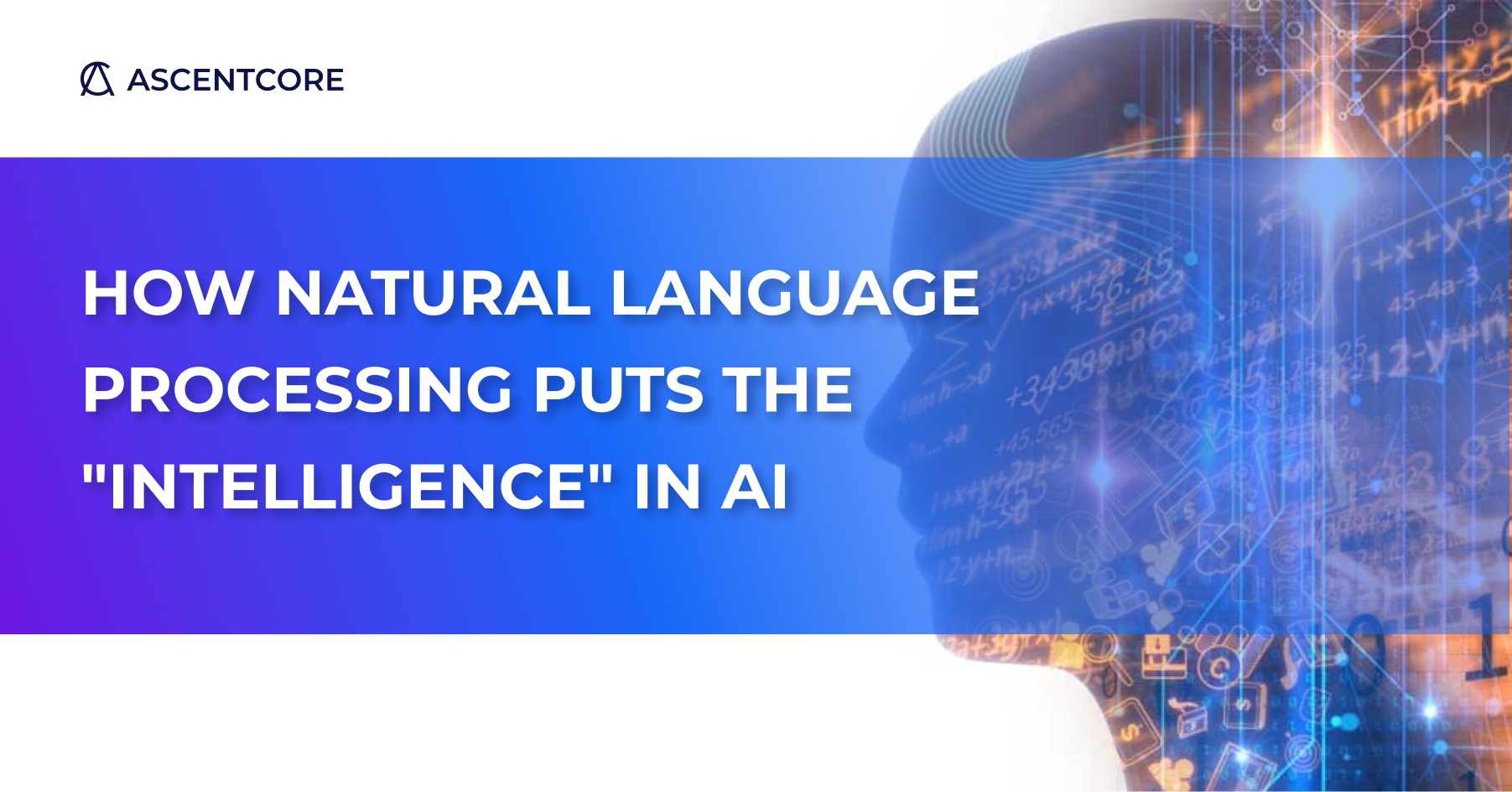We’ve all experienced the frustration of a garbled text or turning off the wrong lights when tools like Siri or Google Assistant don’t work the way we want them to. Most of the time, these types of AI offer endless convenience, but have you ever wondered how they work – or what happens when they go awry? That’s where Natural Language Processing, or NLP, comes in. You could say that NLP puts the “intelligence” in “artificial intelligence.”
What is NLP?
Natural Language Processing is a branch of artificial intelligence (AI) that helps computers understand the way humans write and talk. Essentially, it trains tools such as Siri or Alexa to understand our commands and respond accordingly. This is no easy feat since it involves volumes of unstructured data. Additionally, the tone of voice, cadence, and popular lingo of how people talk and write is unique and varied, making it virtually impossible to create any standardization.
In addition, just as young readers are taught to look for context clues to help them understand difficult sentences, NLP also requires an understanding of context, rather than just literal meanings. All of this is aimed at improving how we write and converse with computers.
A few real-world examples of NLP include:
- Natural language generation for chatbots to answer questions
- Tools like Grammarly that help correct errors and make suggestions for simplifying complex writing
- Streamlining recruiting on social networking sites such as LinkedIn by scanning through an individual’s skills and experience
- Tools such as autocomplete that are trained to predict the next words in a text, based on what has already been typed.
The ins and outs of NLP
NLP can be structured in a variety of ways depending on what needs to be analyzed. It could be as complex as Google translating entire sentences or as simple as the frequency of use or sentiment attached. However it’s being used, an algorithm will need to be formulated. Typically, this can be done using The Natural Language Toolkit (NLTK), a suite of programs that can be used for symbolic and statistical natural language processing. The NLTK can help with multiple tasks such as word segmentation, creating text classification datasets, speech tagging, and more.
Additional NLP analysis tasks include:
- Emotion detection systems use lists of words and the emotions they convey ranging from positive to negative – also known as lexicons. Advanced systems use more complex machine learning algorithms to ensure better accuracy. For example, the word “killing” may initially be tagged as negative but in the context of, “your business is killing it,” it takes on a positive connotation.
- Sentiment analysis helps AI measure tone and intent in social media comments or reviews. Businesses often rely on this type of analysis to monitor and understand their customers’ feelings toward them and their products or services.
- Lemmatization and stemming are techniques often used by search engines and chatbots that use the end or the beginning of a word (a stem of the word) to identify the common root form. While this technique is very fast, it can also be inaccurate. For example, the stem of “caring” could be analyzed as “car” rather than the correct base form of “care.”
- Syntax analysis. This is often related to sentiment analysis and involves drawing out exact meaning based on the structure of the sentence using the rules of formal grammar. Semantic analysis would help the computer learn about less literal meanings that go beyond the standard lexicon.
How NLP shapes AI
Understanding human speech and writing – including tone of voice, slang, context, and more, is key to creating effective AI tools. Without NLP, we’d have AI tools that were ineffective at best, or dead wrong at worse. While new and innovative NLP learning models are constantly improving AI’s performance, it’s still an uphill battle to truly understand human nature in an AI context. And with constantly changing social norms and mores, it can be difficult to keep learning models updated and AI tools effective. Despite this, Google’s Director of Engineering Ray Kurzweil, predicts that AIs will “achieve human levels of intelligence” by 2029.
Additionally, more intelligent AI raises the specter of artificial consciousness, which has created a new field of philosophical and applied research. Whatever the future of AI holds for humanity, there is no doubt that NLP will play a critical role in making it more intelligent and effective.
At AscentCore, we provide end-to-end product development services, including specialized expertise, in a wide cross-section of industries and solutions. With a focus on AI and ML, we deliver transformational results for our clients by leveraging the latest technology and empowering companies to disrupt, transform, accelerate, and scale. If your business is looking for AI expertise, reach out to AscentCore today!



